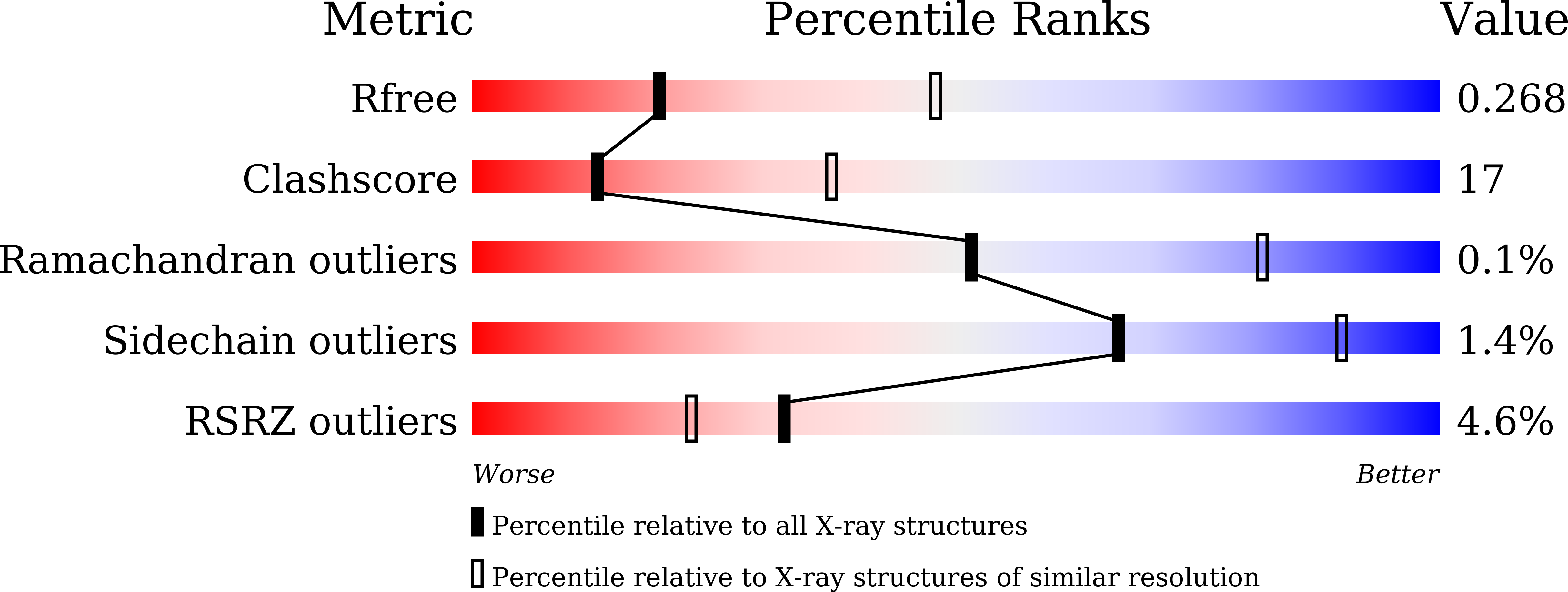
Deposition Date
2020-08-11
Release Date
2021-07-14
Last Version Date
2023-11-29
Entry Detail
PDB ID:
7CQT
Keywords:
Title:
Crystal structure of Brassica juncea HMG-CoA synthase 1 mutant - S359A in complex with acetyl-CoA
Biological Source:
Source Organism:
Brassica juncea (Taxon ID: 3707)
Host Organism:
Method Details:
Experimental Method:
Resolution:
2.80 Å
R-Value Free:
0.26
R-Value Work:
0.22
Space Group:
P 1 21 1


